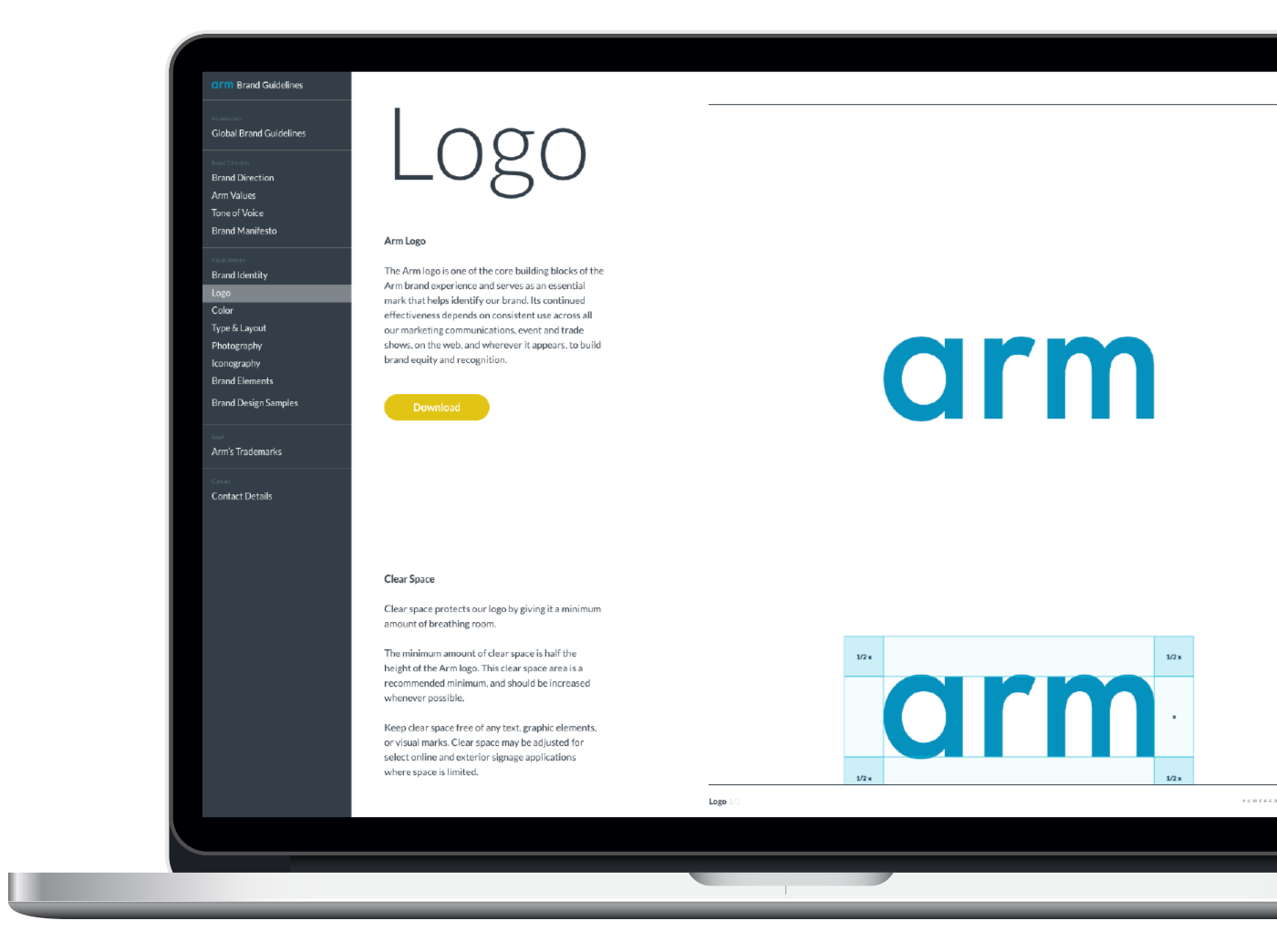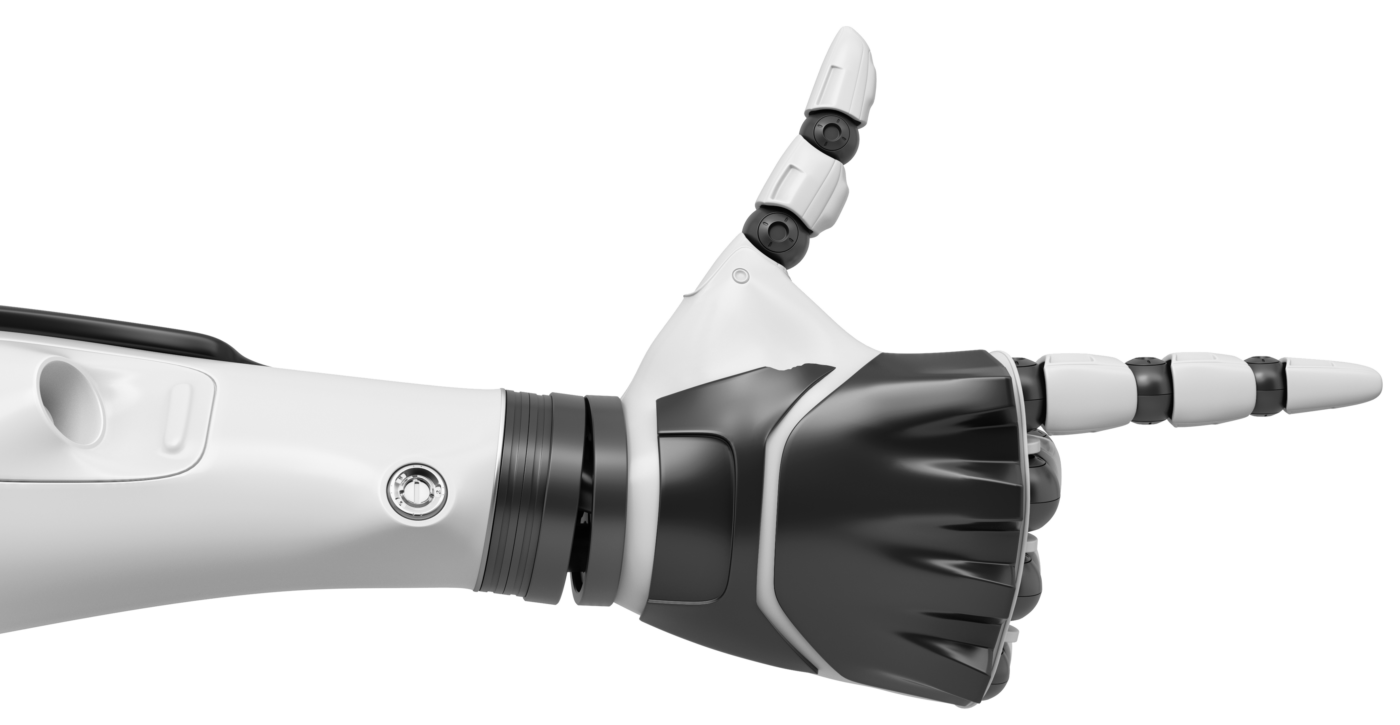How Do We Track Vaccinations for People Who Don’t Formally Exist?

For many people, receiving a COVID vaccine has been as simple as going online, entering their medical identification number, booking an appointment and turning up a few days or weeks later to get their shot. But for more than 1 billion people that have no formal ID, that is simply not possible.
Until now, COVID vaccination programs have focused on trying to achieve equitable access, first by ensuring distribution to all countries and then getting them out to those that most need them. This last mile – the journey from centralized distribution centers to clinics and, finally, the individuals – can be the most challenging. This is partly because of the supply chain logistics involved, such as keeping the vaccines at the right temperature to ensure they remain safe and effective, but also in terms of identifying who needs the vaccines.
Today, nearly one in four children under the age of five do not officially exist because their births are not registered. Most of these children live in low- and middle-income countries. Without reliable identity registration, it’s incredibly hard to know when people are missing out on vaccines or follow-up vaccinations.
In the case of COVID-19, this presents a serious challenge, as vaccine delivery is staggered by priority group and shots are mostly administered twice, with a specified interval in between. Childhood routine immunization is even more complex, involving multiple vaccines with different schedules. Vaccination cards or other tokens can record doses given and are often used as de facto identification, but they can easily be lost or misused.
Bringing forward new resources, ideas, and technologies has enabled Gavi to achieve considerable success in vaccinating the world’s children. To address the bottlenecks in equitable vaccine distribution we needed a way to bridge the information gap and create reliable digital healthcare records – even in the absence of formal identification.
A biometric solution to ‘last mile’ vaccine delivery

A new strategic partnership between Gavi, Arm, and UK-based nonprofit Simprints provided an answer through a unique, contactless, digital identification solution that is accurate, scalable and cost-effective. Guided by Gavi’s expertise in immunization, the project deploys Simprints’ biometrics solution with support from Arm’s technology, global network, and funding.
The solution uses a contactless method of identification to safely create a unique ID for each individual, allowing health workers in the field to identify patients accurately, and quickly create or access their record of care. The biometric data is securely collected using the health worker’s Android smartphone, while timestamps and GPS coordinates record the time and location of treatment. Where internet connectivity is poor or non-existent, offline mode can be used to access a previously downloaded database and new patient data is uploaded when connectivity is restored.
Vitally, Simprints’ solution focuses on the ethical and inclusive use of digital ID, ensuring it works for diverse populations with solid privacy protocols and patient protection at its core. The system is compatible with the digital health tools used by healthcare workers, governments, and global development practitioners around the world, and can be rapidly deployed and scaled on low-cost Android devices.
Ghana leads the way
As the impact of COVID was felt around the world, Simprints – with technical assistance from Arm – pushed to get their contactless solution ready to roll out, and we began the search for a suitable partner for our first deployment.
Ghana, a keen adopter of tech-forward solutions in healthcare, was a natural fit for our initial pilot. Biometrics have been widely used across the country in pilots for the treatment of HIV and at scale within the National Health Insurance scheme, and community acceptance is already high. Ghana’s Ministry of Health is working to implement data digitization as a tool for service improvement, so digitization of its vaccination delivery program was a logical next step.
This pioneering partnership represents the first deployment of contactless biometrics in a nationwide immunization campaign. It is also unique in supporting a continuum of care and universal healthcare in the long term. In fact, when we approached the Ministry of Health, they immediately saw the potential of digital ID not only as a tool for vaccine delivery but as a foundation for strong frontline personal healthcare.
The roll-out will begin in the Eastern region in October 2021 after technical integration with Ghana Health Service’s existing healthcare system. Following the initial three-year program, which will include training for 1,000 healthcare workers, the Ministry of Health hopes to expand the scope of the project to encompass all routine vaccinations.
Combating COVID through collaboration
At times when vaccine demand outstrips supply, it’s in everybody’s interest to ensure that these precious resources are administered to the right people, at the right place and at the right time. We need to minimize vaccine wastage since every vaccine dose lost is a step backward in our race towards normalcy.
The only way we will overcome the pandemic is by ensuring access to vaccines for everyone, everywhere – not just those lucky enough to have formal ID.
Working alongside partners like Arm, Simprints and the Ghana Ministry of Health, we are excited to help build the digital infrastructure required to serve every patient and lay the foundations for healthcare for all.
Reducing Inequality Through Biometrics
Around 1 billion people in the world have no formal proof of identity, denying them access to essential services such as education, finance and healthcare.
Using fingerprints as a form of identification, Simprints devised a biometric solution that creates a unique ID for each person.
Any re-use permitted for informational and non-commercial or personal use only.
















